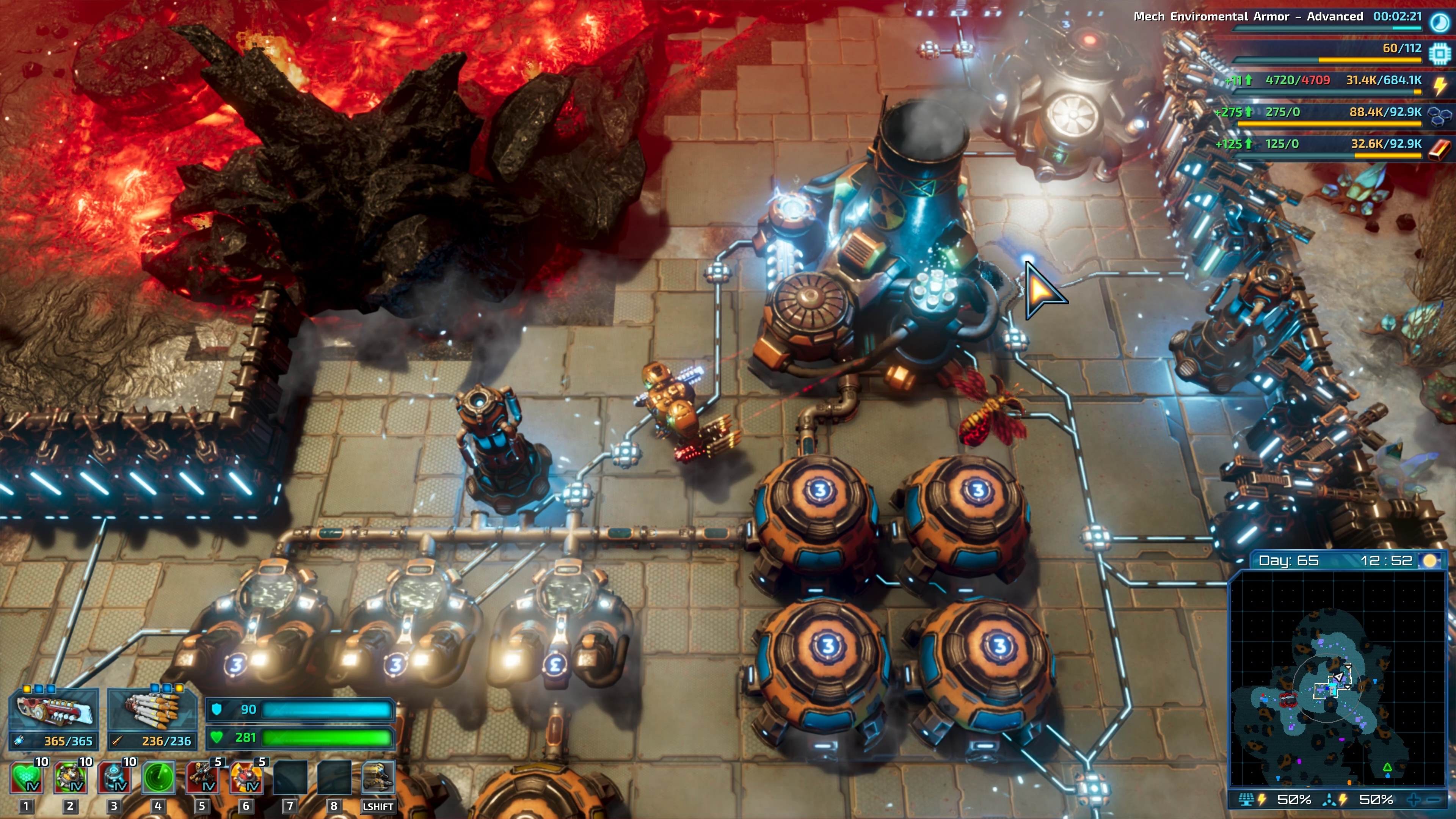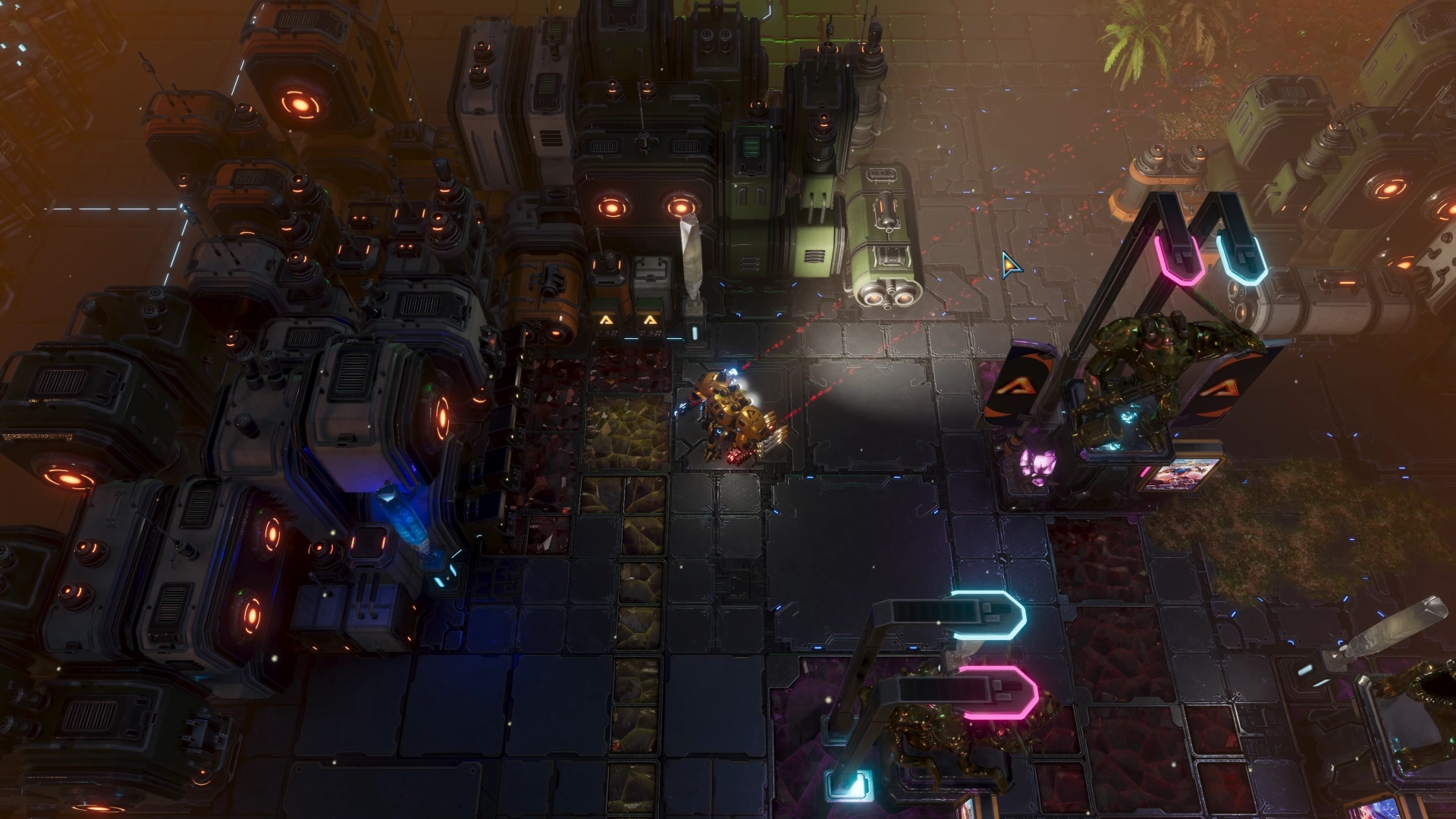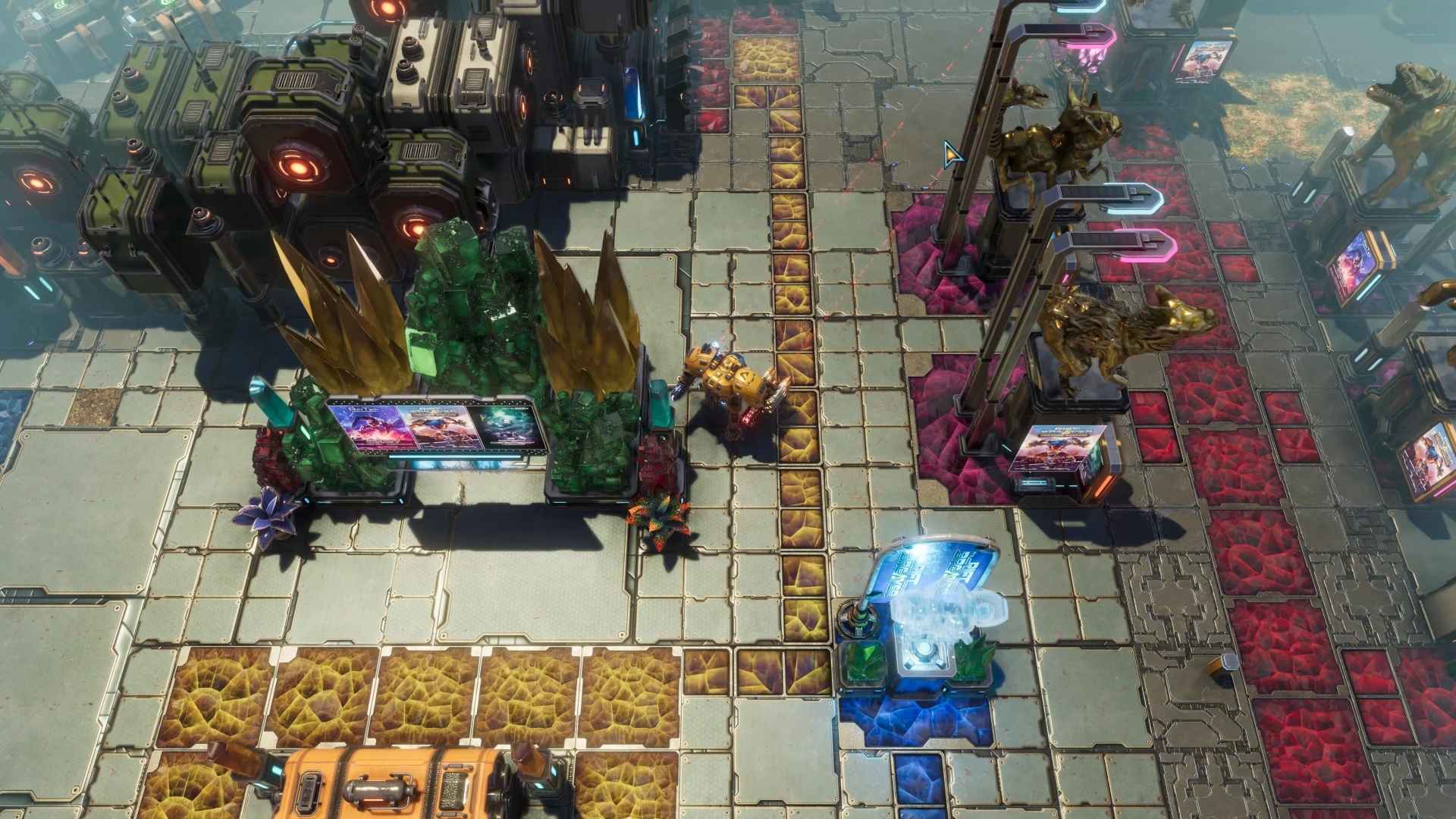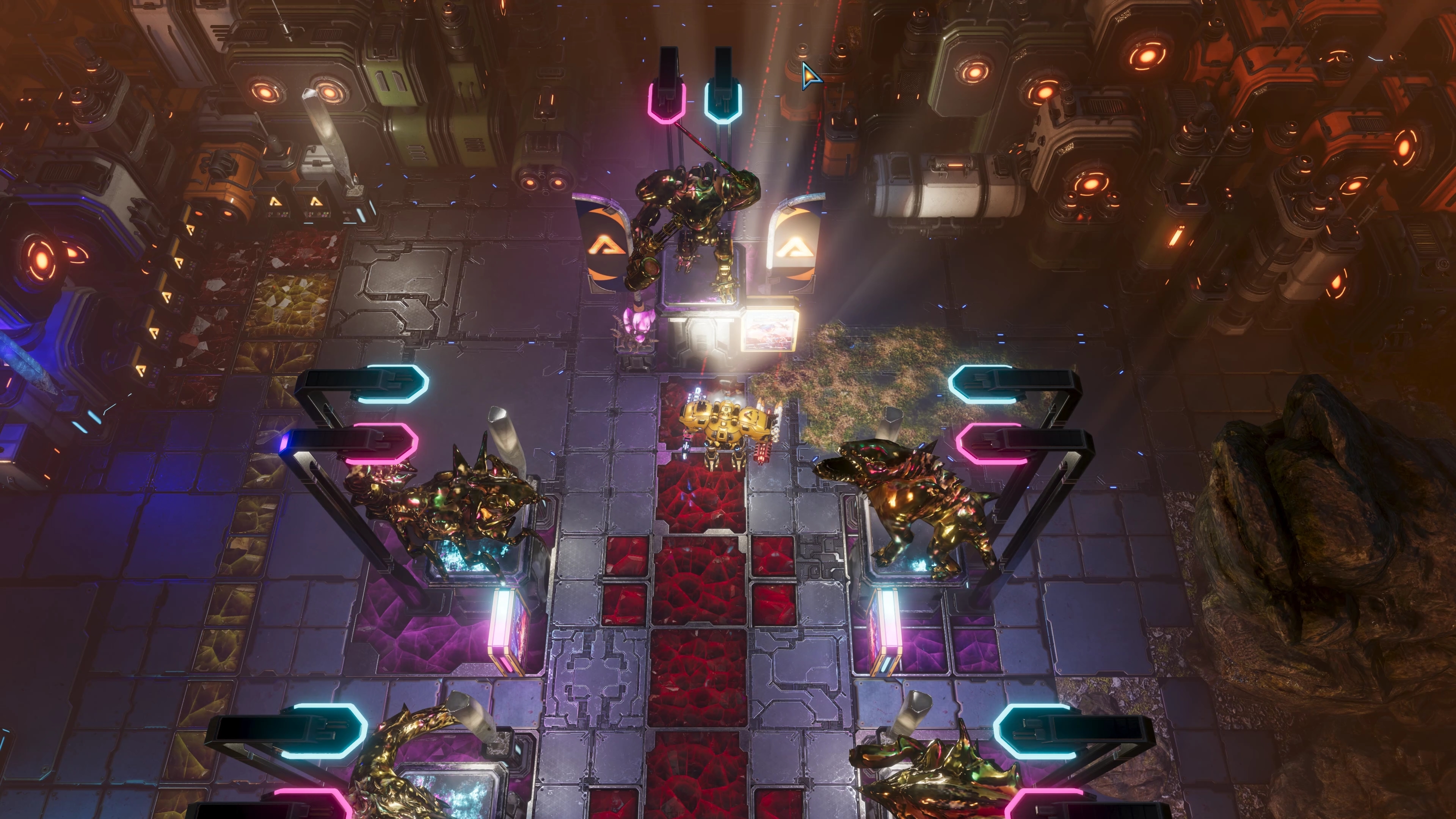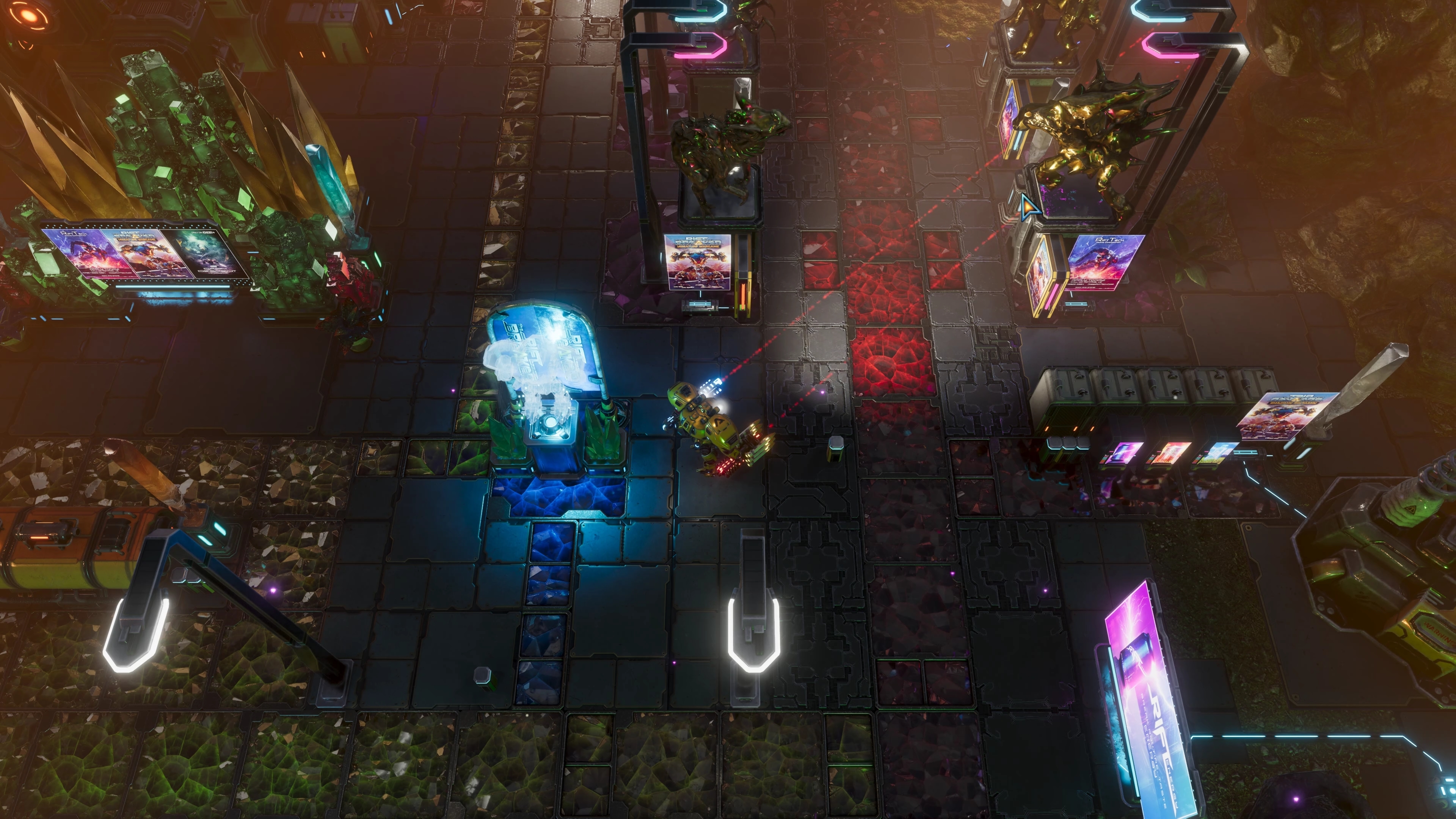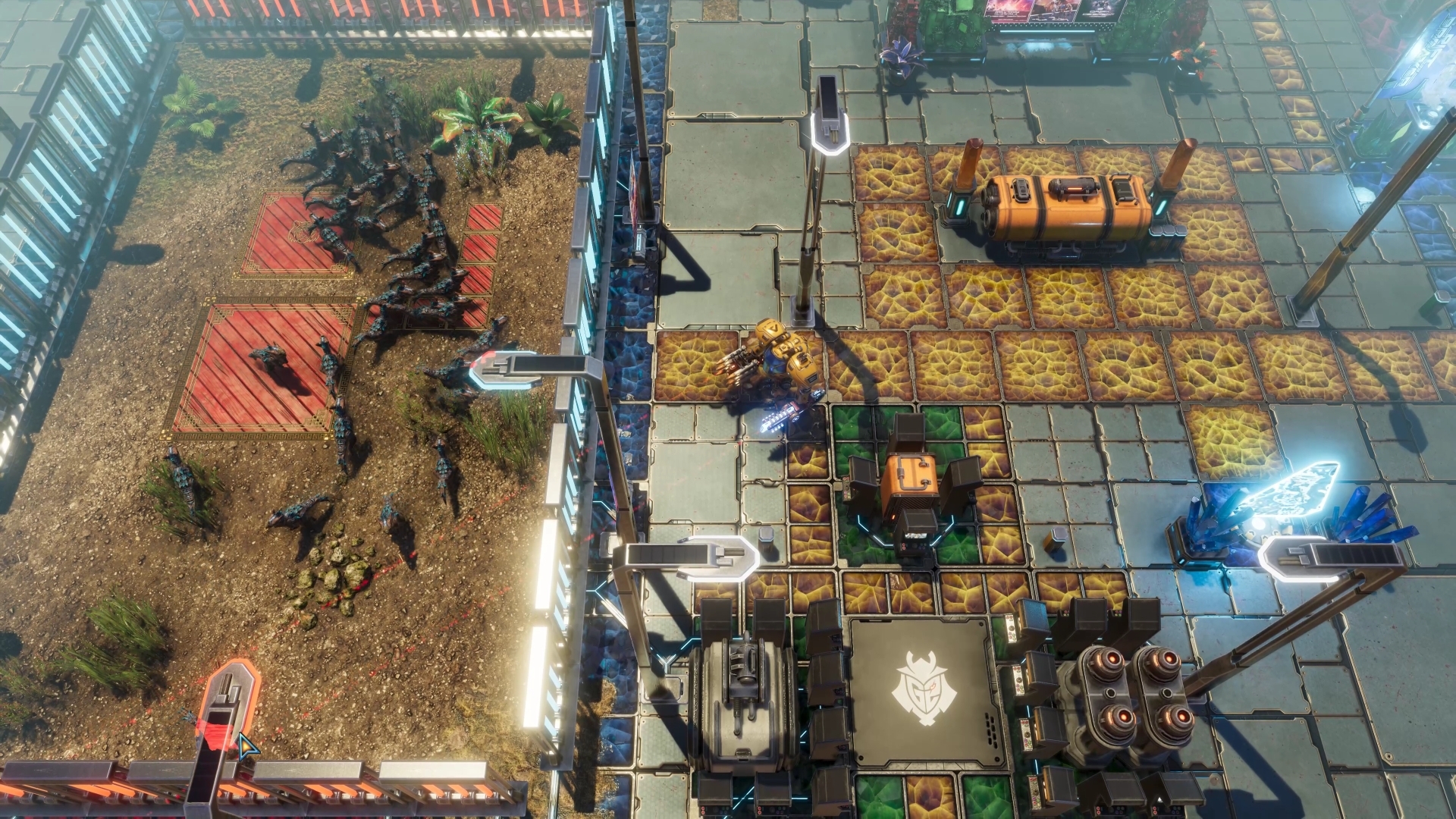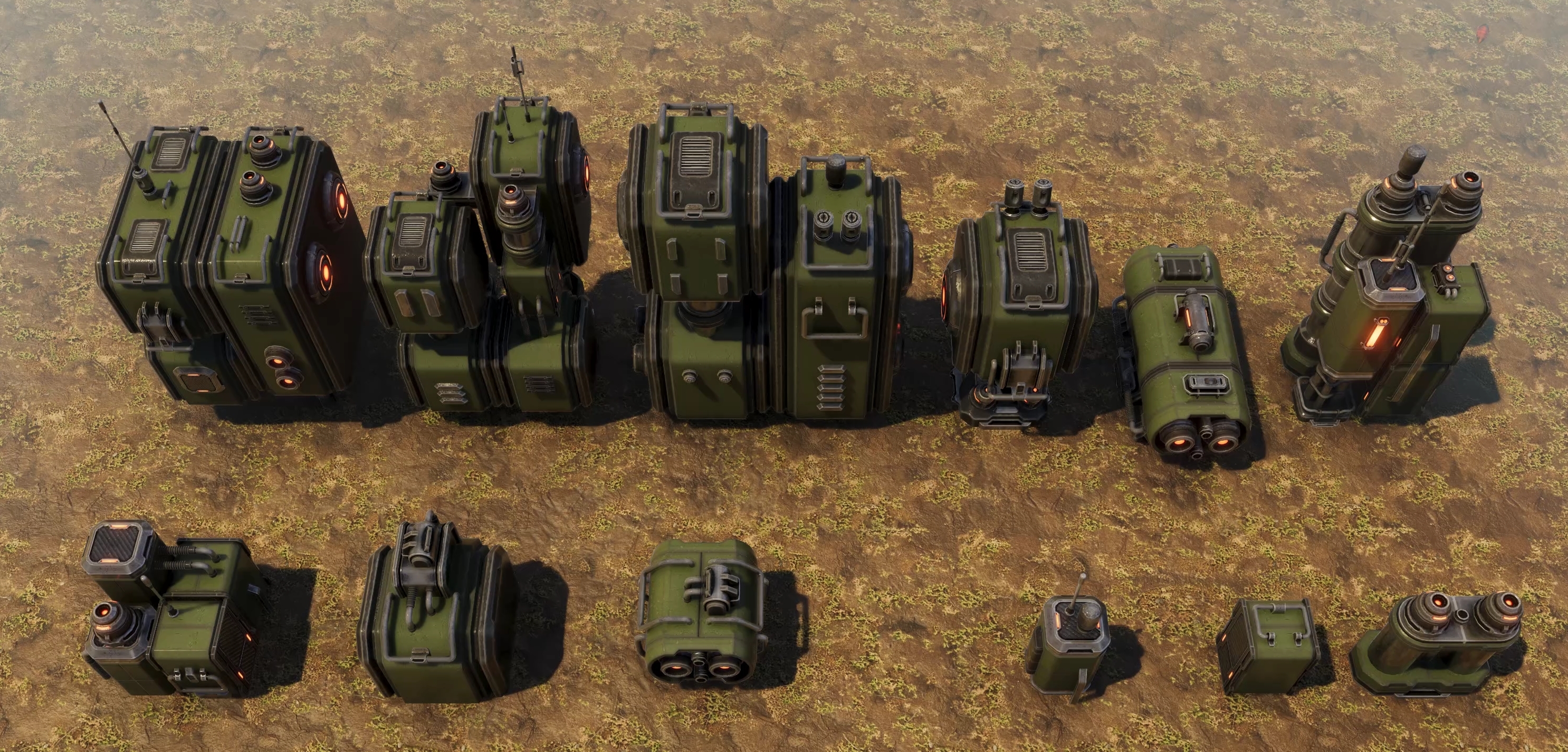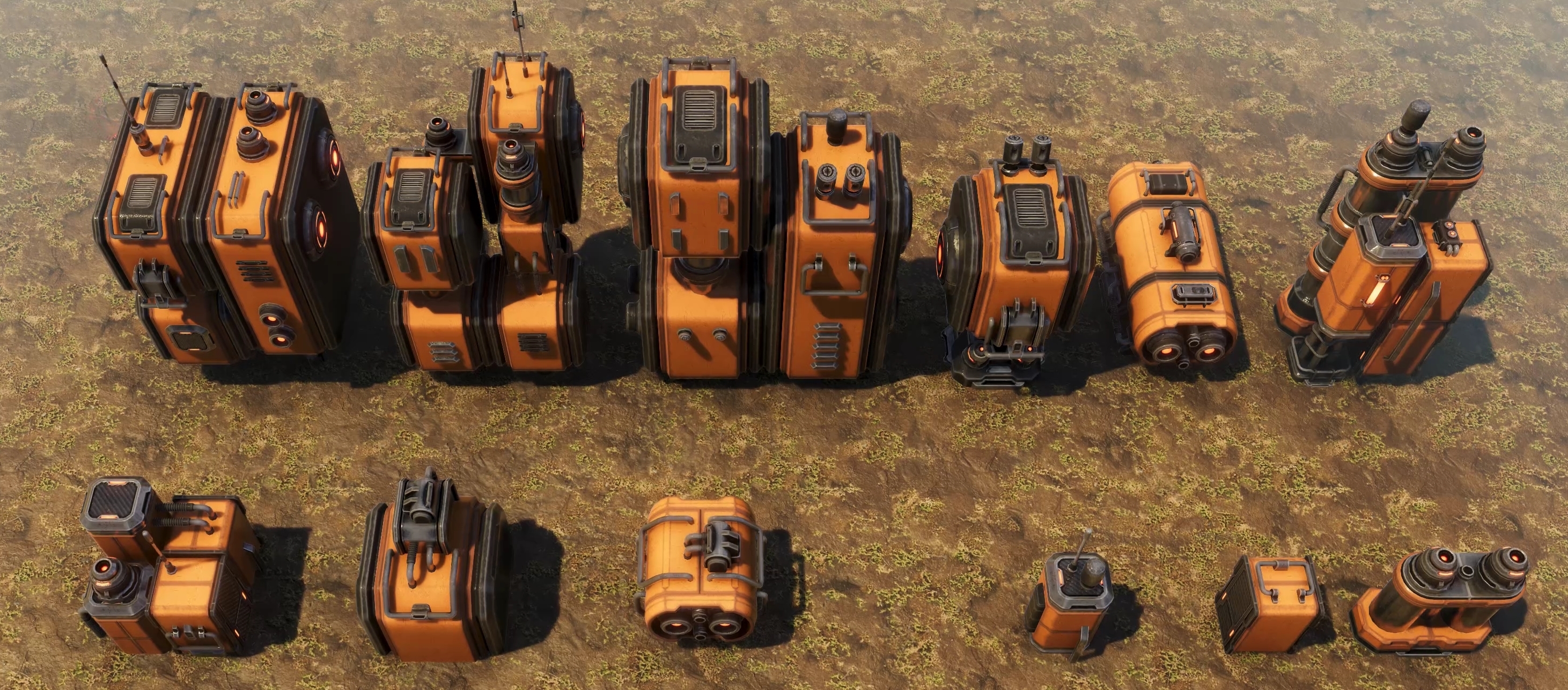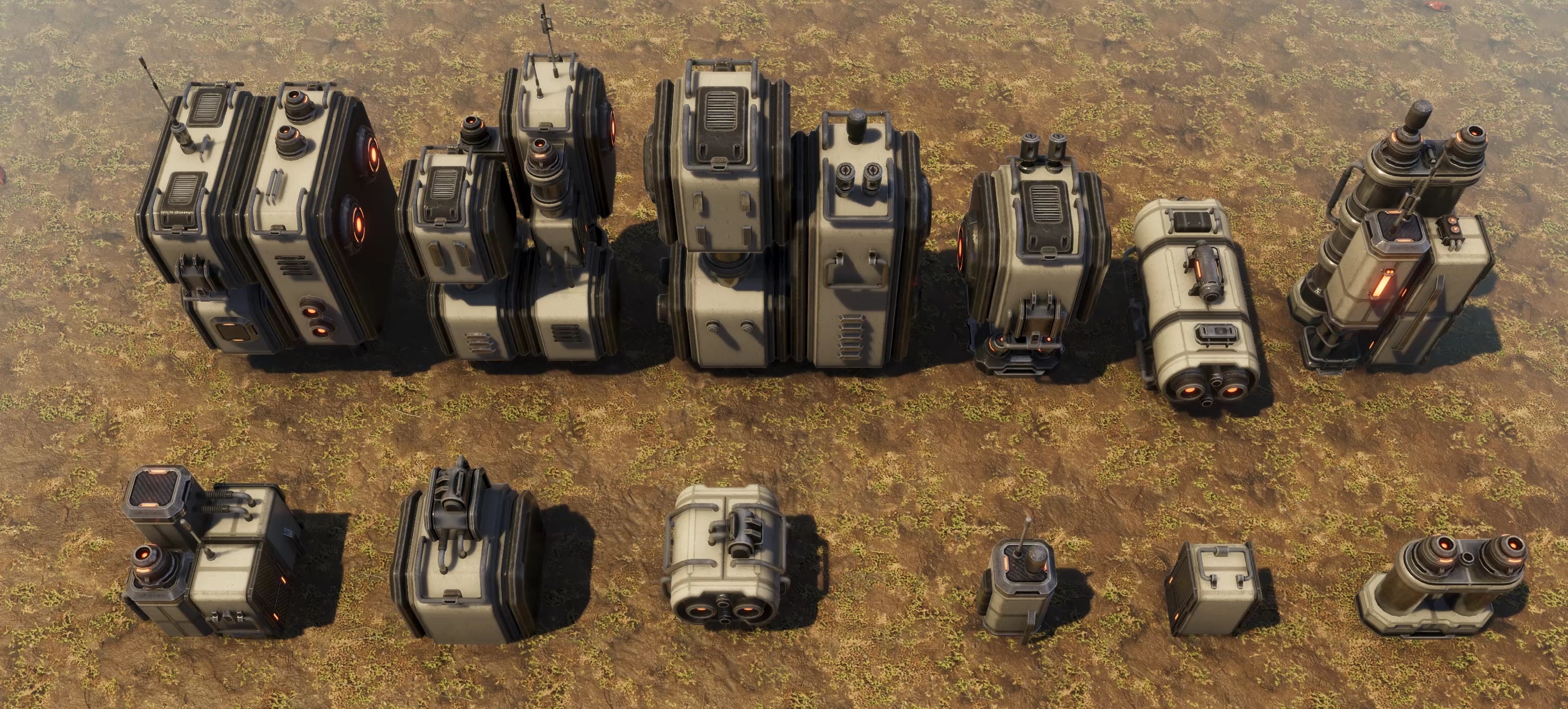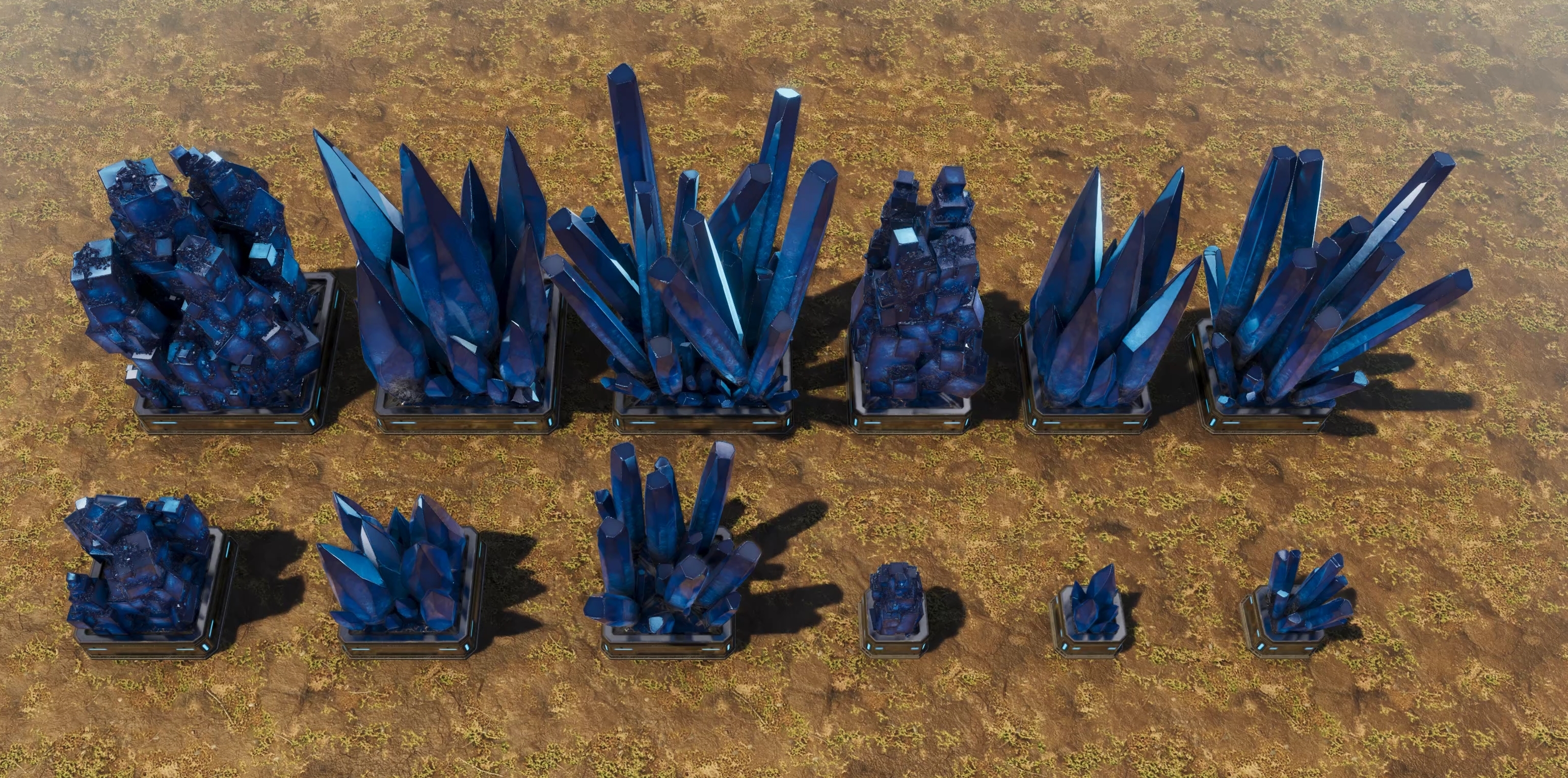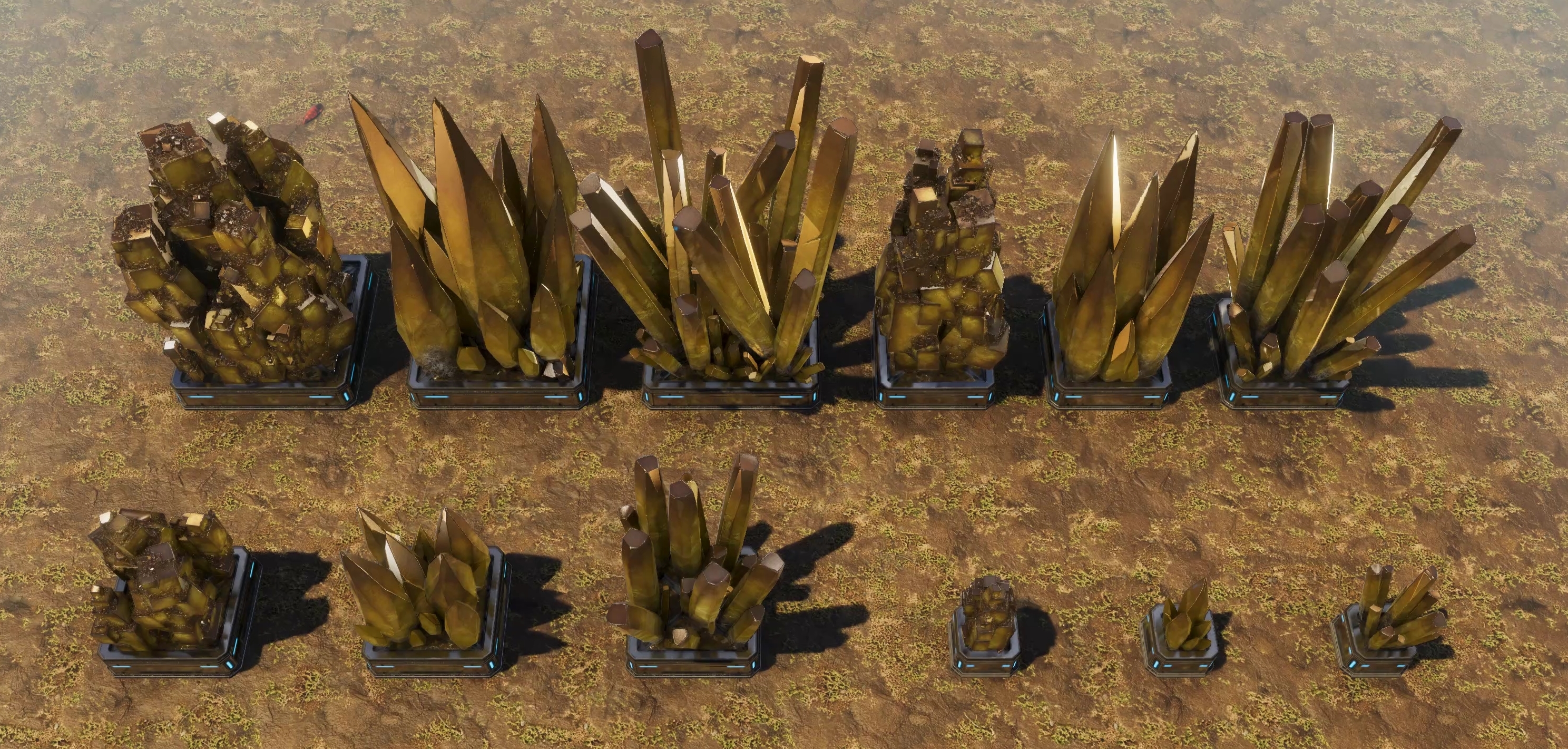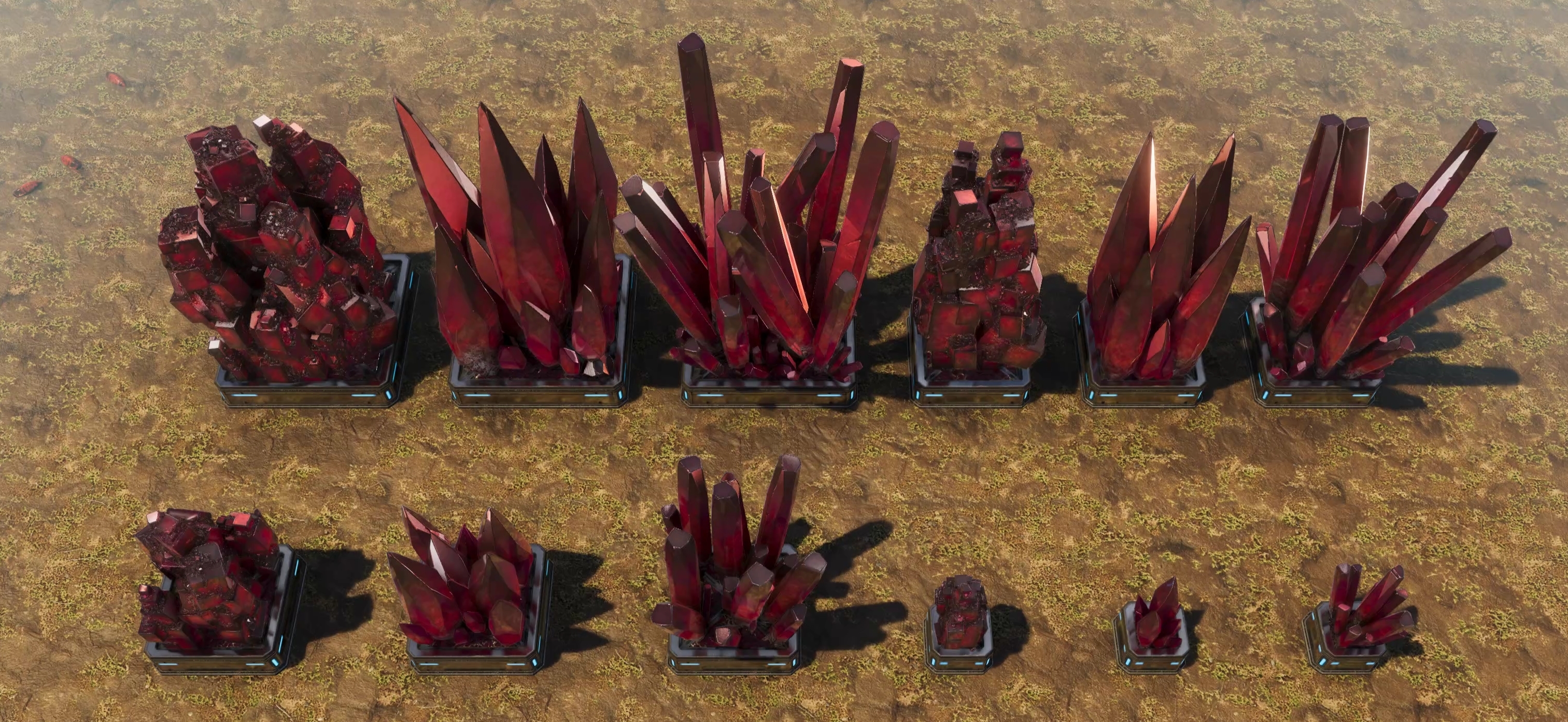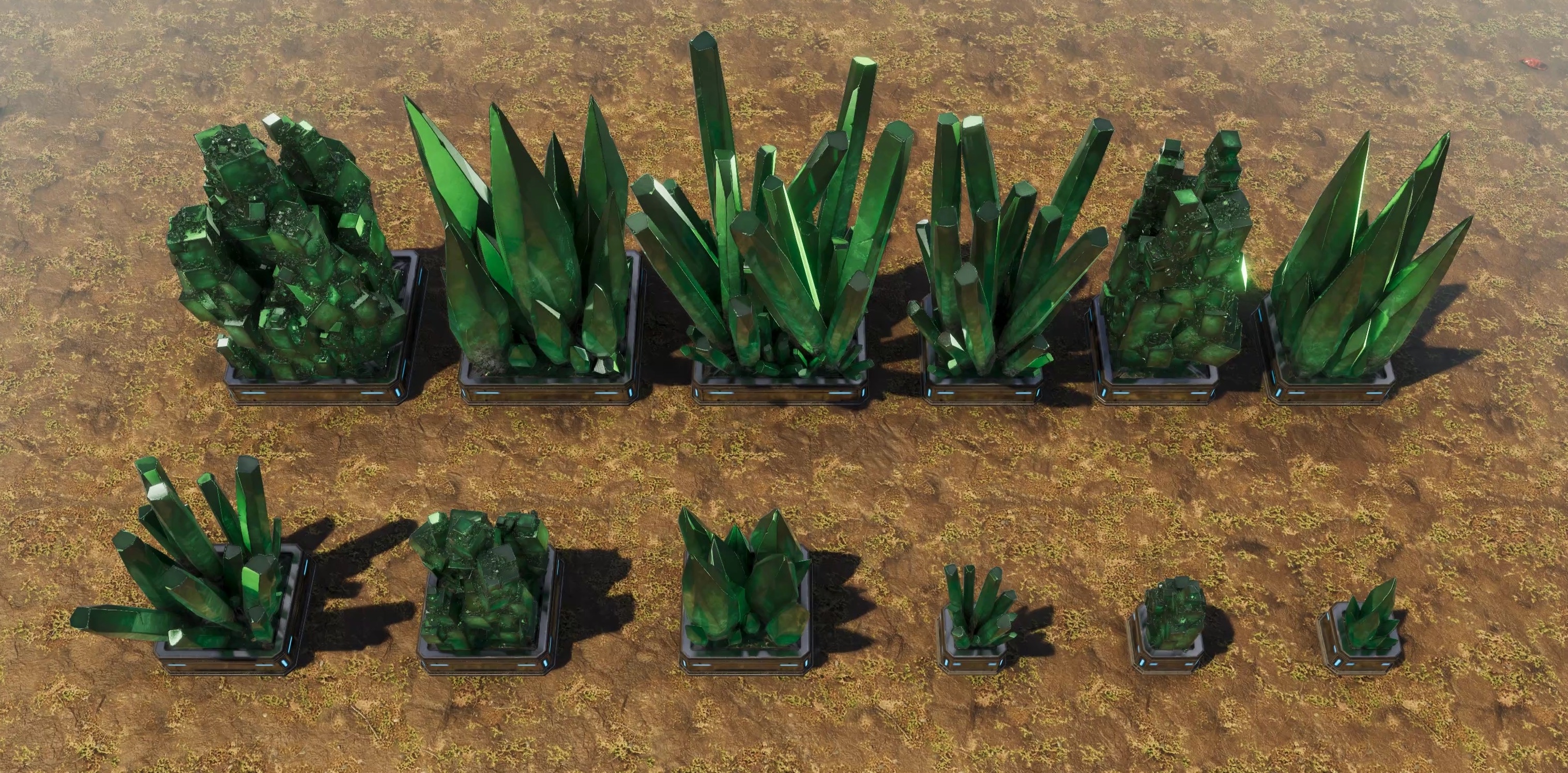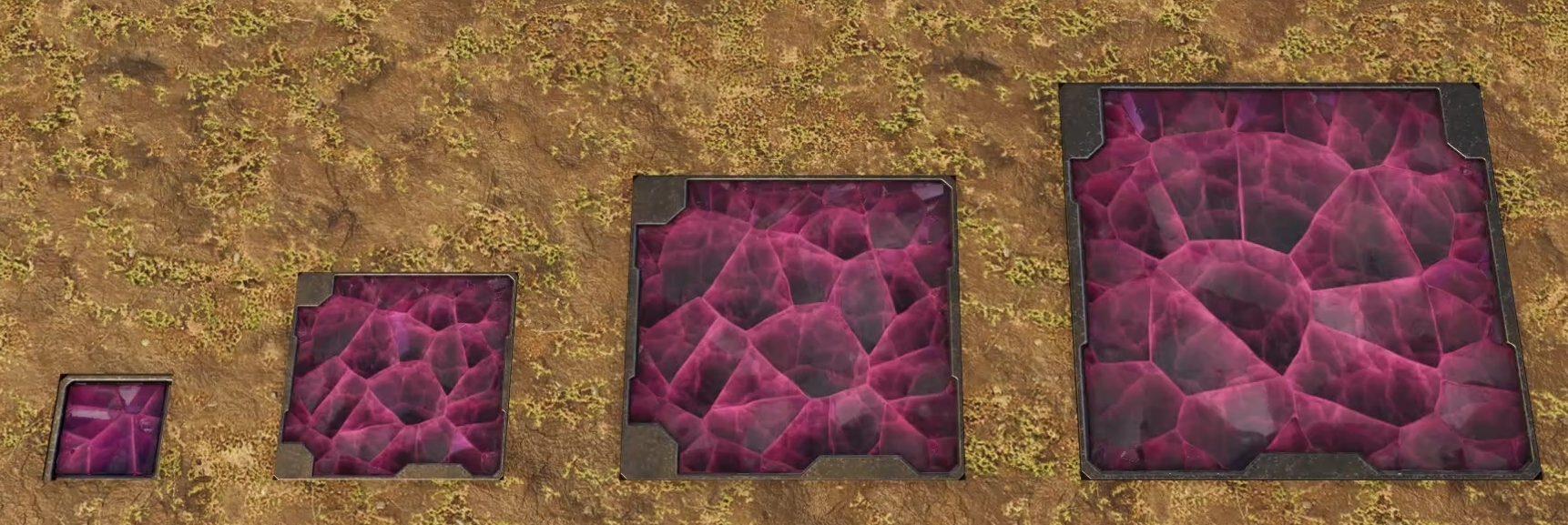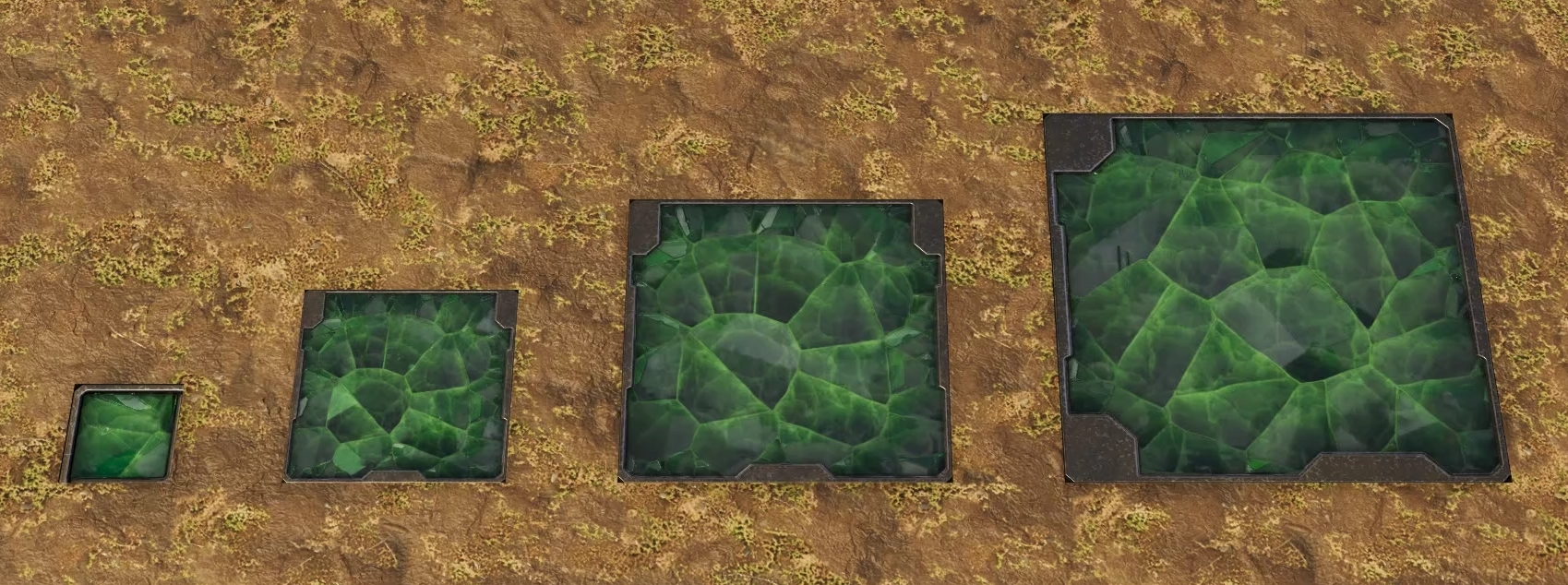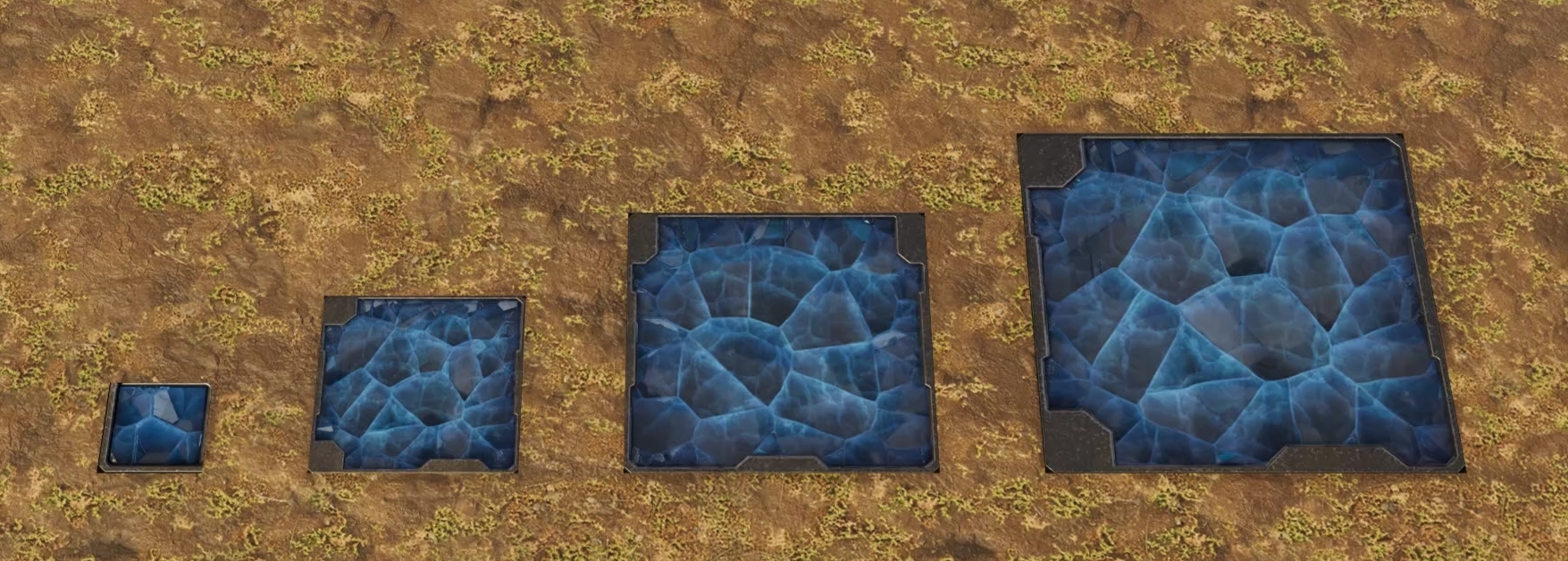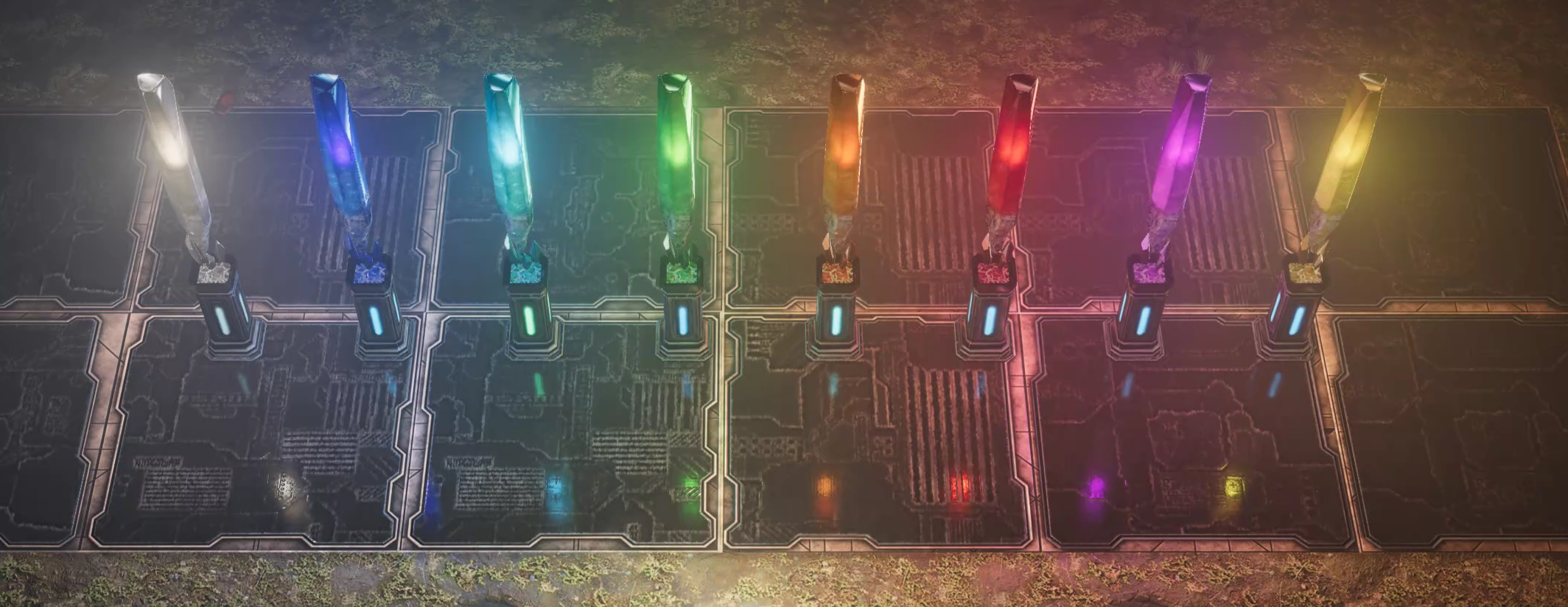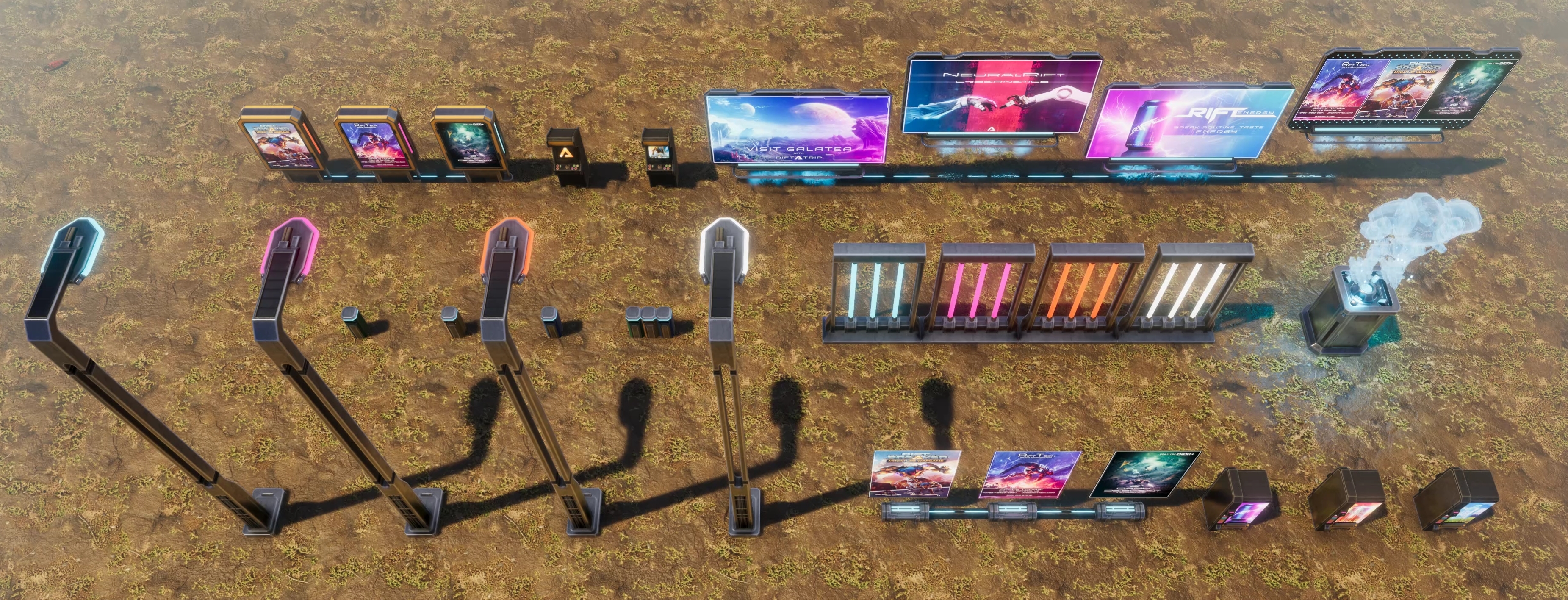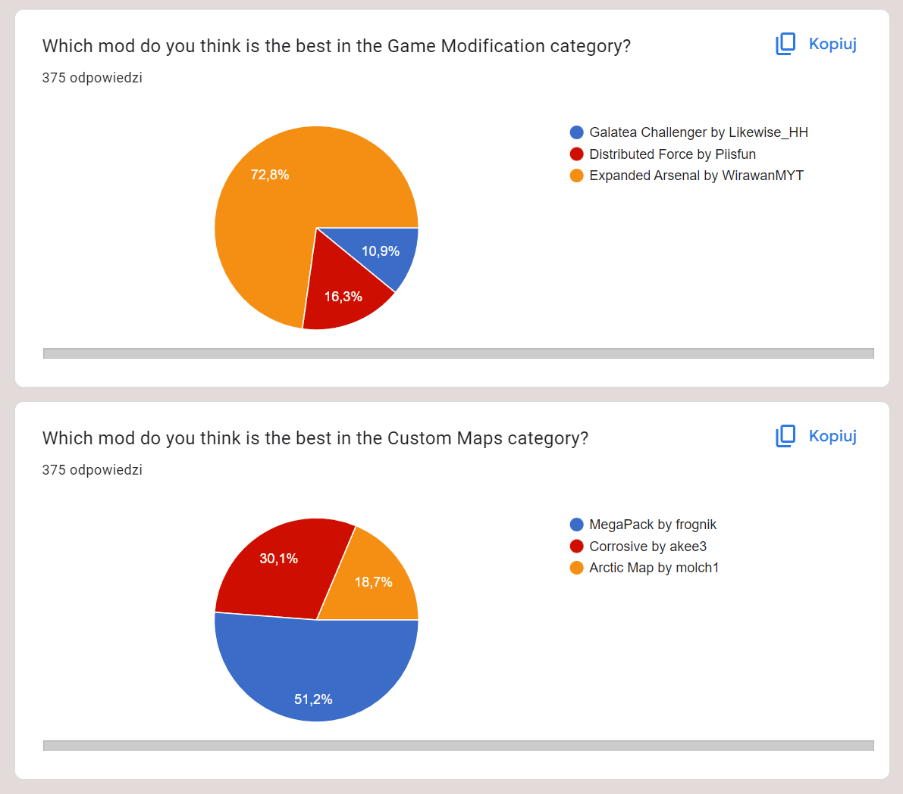
Aug 18, 2023
The Riftbreaker - voidreaver
Hello Riftbreakers!
We have just published a patch that fixes the problem that rendered players unable to unlock Laser and Crystal Gates through 'legal' means. We also fixed their problems with localizations and textures. There are no other changes in this build.
EXOR Studios
We have just published a patch that fixes the problem that rendered players unable to unlock Laser and Crystal Gates through 'legal' means. We also fixed their problems with localizations and textures. There are no other changes in this build.
EXOR Studios





